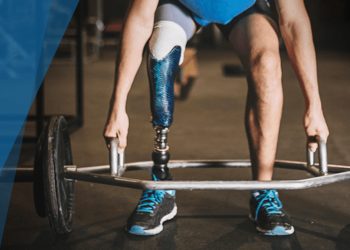This elusive yet highly sought-after mental state is characterized by a deep sense of immersion, effortless concentration, and peak performance. When in flow, individuals experience a heightened sense of focus, time seems to dilate, and actions unfold with fluidity and precision. Achieving flow can be transformative, leading to breakthroughs, exceptional performances, and a profound sense of fulfillment. In this article, we’ll explore the concept of flow, its characteristics, and strategies for entering this state of peak performance.
Flow is often described as a state of “being in the zone,” where individuals are fully absorbed in the task at hand, completely immersed in the present moment. Hungarian psychologist Mihaly Csikszentmihalyi first introduced the concept of flow in his seminal work on positive psychology. According to Csikszentmihalyi, flow occurs when there is a perfect balance between the perceived challenge of an activity and one’s skill level. In other words, flow emerges when individuals are engaged in tasks that are neither too easy nor too difficult but align perfectly with their abilities.
One of the key characteristics of flow is a sense of effortless action. In this state, individuals experience a seamless integration of their thoughts, actions, and intentions. Tasks that might typically require conscious effort or concentration become almost automatic, as if the individual is operating on autopilot. This sense of effortlessness is accompanied by a feeling of deep enjoyment and satisfaction, as individuals are fully absorbed in the present moment and completely aligned with their goals.

Time perception is another hallmark of flow. When in flow, individuals often report a distortion of time, with hours feeling like minutes or vice versa. This phenomenon, known as time dilation, occurs because individuals are so deeply immersed in their activities that they lose track of time altogether. This distortion of time can be incredibly liberating, allowing individuals to focus entirely on the task at hand without worrying about external distractions or constraints.
Moreover, flow is characterized by a heightened sense of focus and concentration. In this state, individuals experience laser-like focus, blocking out distractions and external stimuli. They are fully present and engaged in the task, with a clear sense of purpose and direction. This intense concentration allows individuals to perform at their best, as they channel all their energy and attention into the task at hand.
Achieving flow requires the right balance of challenge and skill. If the task is too easy, individuals may become bored or disengaged, leading to a lack of motivation and focus. Conversely, if the task is too difficult, individuals may feel overwhelmed or anxious, hindering their ability to enter into flow. Therefore, it’s essential to find activities that are challenging enough to stretch your abilities but not so challenging that they become overwhelming.
Furthermore, creating the right conditions for flow involves setting clear goals, receiving immediate feedback, and maintaining a sense of control over the task. Clear goals provide a sense of direction and purpose, guiding individuals towards meaningful outcomes. Immediate feedback allows individuals to adjust their performance in real-time, enabling them to course-correct and stay on track. Additionally, maintaining a sense of control over the task empowers individuals to make decisions and take ownership of their actions, fostering a sense of autonomy and agency.
Another important aspect of entering flow is cultivating a mindset of openness and receptivity. Flow often emerges when individuals are fully engaged in activities that they are passionate about and deeply invested in. By approaching tasks with an open mind and a willingness to explore new possibilities, individuals can create the conditions for flow to occur naturally. Additionally, maintaining a relaxed and non-judgmental attitude towards the outcome can help alleviate pressure and anxiety, allowing individuals to enter into flow more easily.
Flow is a state of optimal performance characterized by deep immersion, effortless action, and peak concentration. Achieving flow requires the right balance of challenge and skill, clear goals, immediate feedback, and a sense of control over the task. By cultivating a mindset of openness and receptivity and approaching tasks with passion and purpose, individuals can create the conditions for flow to emerge naturally. Flow offers a pathway to peak performance, creativity, and fulfillment, allowing individuals to unlock their full potential and experience moments of profound joy and satisfaction in their endeavors.





